https://spacenews.com/qualcomm-ends-partnership-for-connecting-android-phones-to-iridium-satellites
View 327 times
#WASHINGTON — The European Space Agency announced Nov. 6 it will start a competition to develop commercial vehicles to transport cargo to and from the International Space Station by 2028, a step towards developing a crewed vehicle.
ESA’s member states, meeting in Seville, Spain, as part of the European Space Summit, endorsed a resolution directing the agency to take the first step in an effort patterned on NASA’s Commercial Orbital Transportation Services (COTS) program that would see European companies developing vehicles for cargo transport to the ISS and potentially future space stations. #Spacenews.
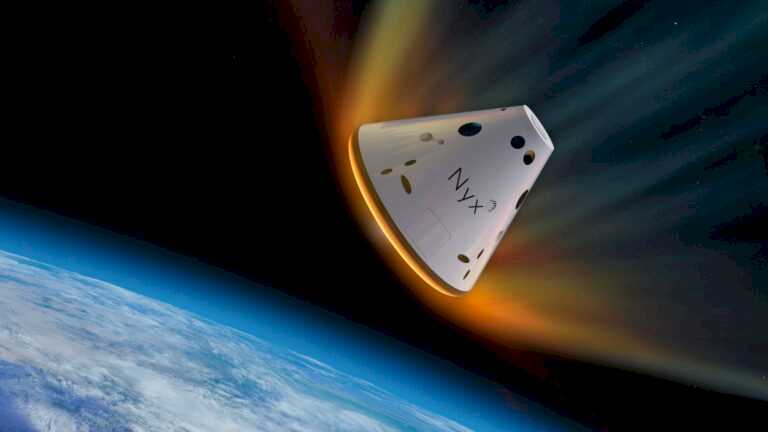
View 323 times
#TAMPA, Fla. — #DishNetwork said its CEO Erik Carlson is resigning Nov. 12 ahead of the broadcaster’s merger with EchoStar, its sister company focused on providing broadband services from space, after posting a steep drop in #satellite #TV customers.
Announcing earnings results Nov. 6, Dish Network said net pay-TV subscribers fell by about 64,000 in the three months to Sept. 30 to 8.84 million, split between 6.72 million for its #DISH TV #satellite #broadcast business and 2.33 million for its SLING #TV streaming service.
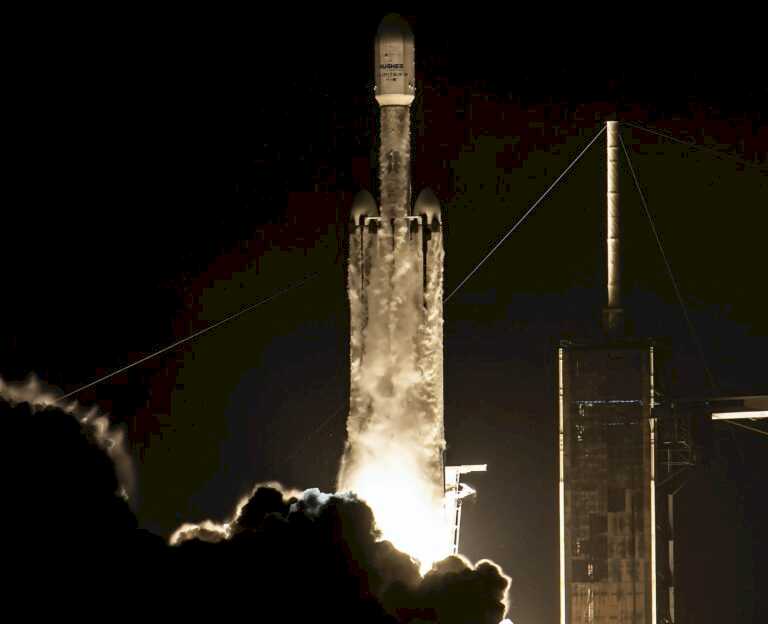
View 324 times
#TAMPA, Fla. — International regulators have given Ovzon another six months to provide services from its debut #satellite following a series of manufacturing and launch delays for the project, the Swedish satcoms provider announced Oct. 31.
The company risked losing priority spectrum rights for Ovzon 3 after a change in launch providers from Arianespace to #SpaceX helped put it on course to miss an earlier Dec. 31 ‘Bring into Use’ deadline, already extended a year following manufacturing delays at Maxar Technologies.

View 331 times
#WASHINGTON — The U.S. Space Force is moving forward with plans to procure 27 #missile-defense #satellites for a medium Earth orbit constellation — using an acquisition process that mirrors the model adopted by the Space Development Agency for the military’s low Earth #orbit architecture.
“We are acquiring our architecture through spiral development, with new capabilities being placed on orbit every two to three years,” said Col. Heather Bogstie, senior materiel leader for missile warning, tracking and defense at the Space Systems Command.
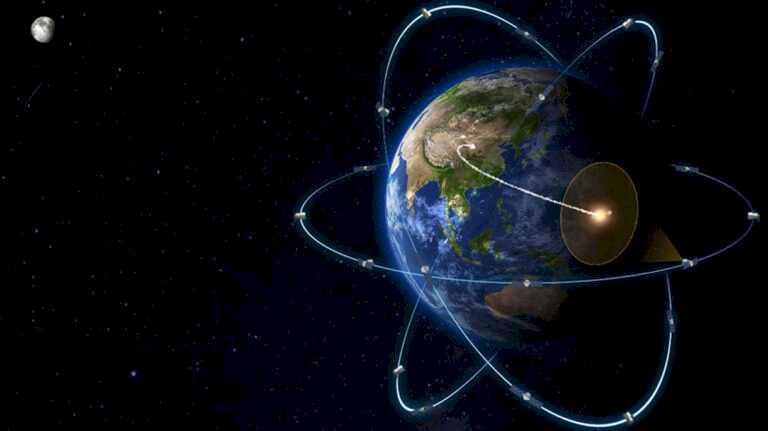
View 330 times

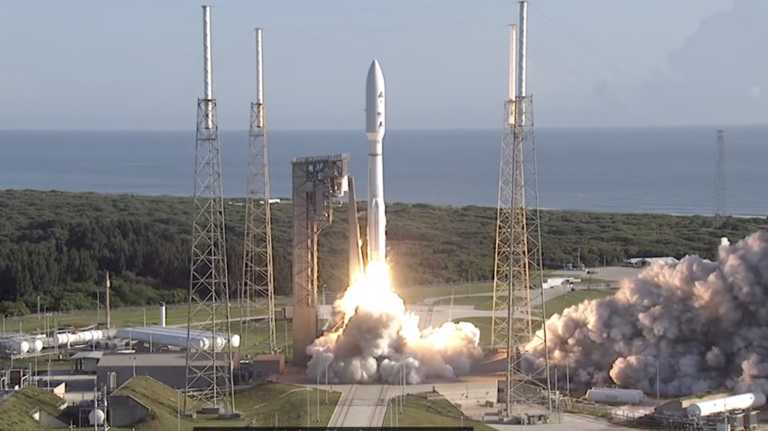



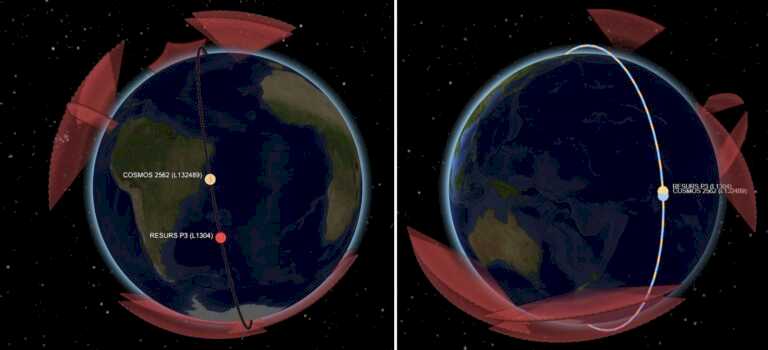
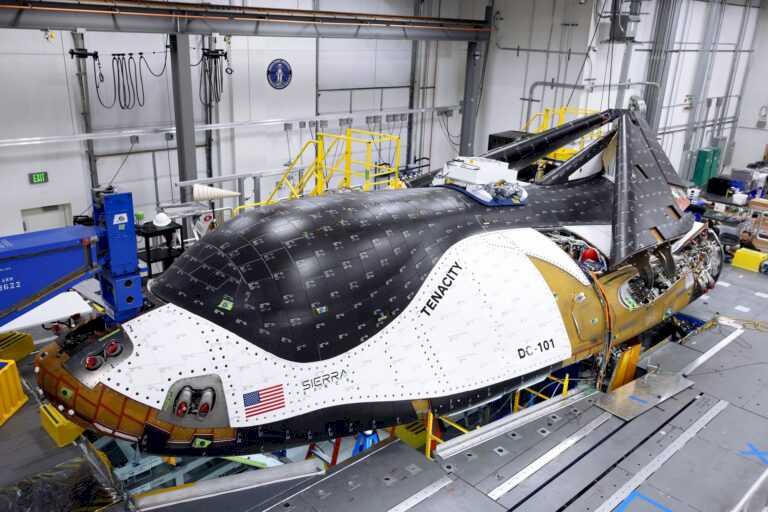

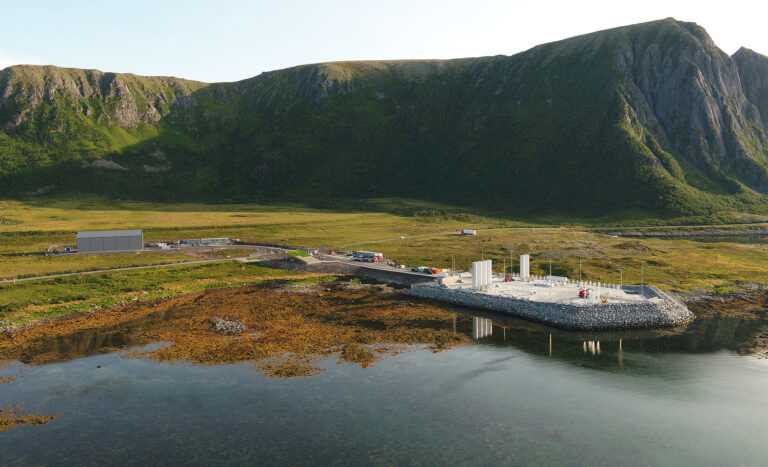





Space news on Umojja.com